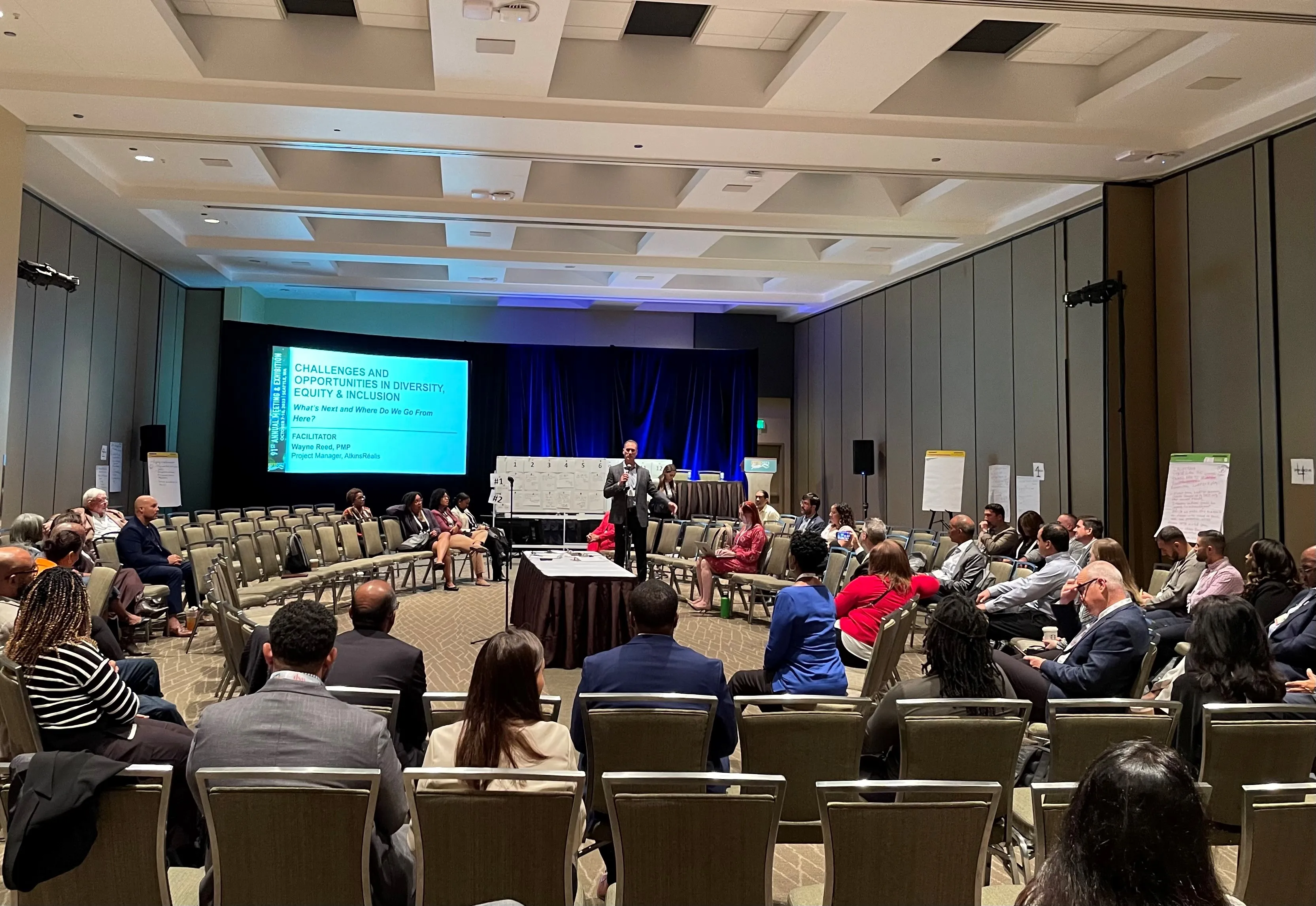In response to population growth and traffic congestion in certain areas of the capital, the Ministry of Transport and Communications has started work on the Public Transport Master Plan (PTMP) for Muscat, which will be completed by the end of this year.
Speaking at the Oman Public Transport Conference at Grand Hyatt Muscat, Director of Planning and Investment Development at the Ministry of Transport and Communications Affan Al Akhzami said implementation of the plan will lead to a better bus network and
October 14, 2014
Read time: 2 mins
In response to population growth and traffic congestion in certain areas of the capital, the Ministry of Transport and Communications has started work on the Public Transport Master Plan (PTMP) for Muscat, which will be completed by the end of this year.
Speaking at the Oman Public Transport Conference at Grand Hyatt Muscat, Director of Planning and Investment Development at the Ministry of Transport and Communications Affan Al Akhzami said implementation of the plan will lead to a better bus network and at later stages can be integrated with bus rapid transit (BRT) and light rail transit (LRT) systems.
Ineco, the Spanish company which has been awarded the development of the PTMP, gave an overview of the master plan on the first day of the conference. The formation of a Public Transport Authority, extension of the urban bus service, integrating different modes of public transport like bus and taxi and ferry services and an awareness campaign to discourage use of private cars are some of the major recommendations.
Emilio Miralles Claver, Ineco project team leader for the master plan, said that there are several cultural factors that may affect the development of public transport, the most notable being the car culture and gender issues that may discourage women from using public transport.
“At this stage, the important thing is to change the present transport habits of the population to ensure that they welcome the value proposition offered by any new public transport system,” he said.
Speaking at the Oman Public Transport Conference at Grand Hyatt Muscat, Director of Planning and Investment Development at the Ministry of Transport and Communications Affan Al Akhzami said implementation of the plan will lead to a better bus network and at later stages can be integrated with bus rapid transit (BRT) and light rail transit (LRT) systems.
Ineco, the Spanish company which has been awarded the development of the PTMP, gave an overview of the master plan on the first day of the conference. The formation of a Public Transport Authority, extension of the urban bus service, integrating different modes of public transport like bus and taxi and ferry services and an awareness campaign to discourage use of private cars are some of the major recommendations.
Emilio Miralles Claver, Ineco project team leader for the master plan, said that there are several cultural factors that may affect the development of public transport, the most notable being the car culture and gender issues that may discourage women from using public transport.
“At this stage, the important thing is to change the present transport habits of the population to ensure that they welcome the value proposition offered by any new public transport system,” he said.









